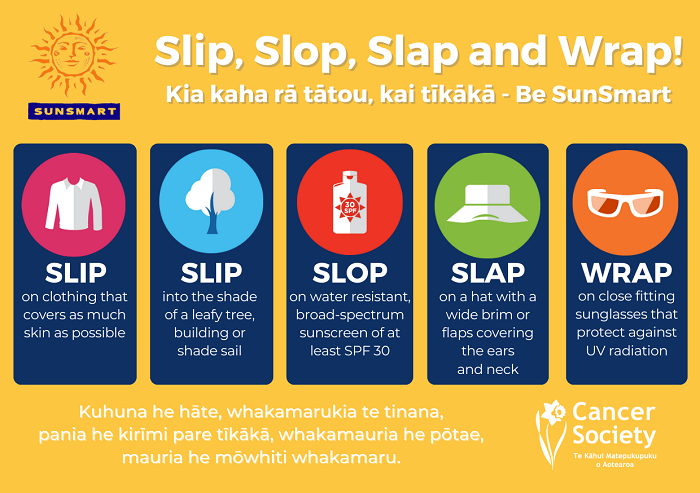Swap your beanie for a sunhat
Anna Robb
18 October 2022, 4:30 PM
 Summer is around the corner and a free app is available with the UV Index forecast that is easy to use
Summer is around the corner and a free app is available with the UV Index forecast that is easy to useUltra violet (UV) rays are back, term four is here, and Labour weekend veggie garden planting is about to start - so it’s time to remember sun hats every day to be safe in the Central sun.
The Cancer Society has a free app that forecasts the UV Index (UVI) for locations across New Zealand using GPS locating. UVNZ is available for iphone and android here.
Based on historical NIWA data, Central Otago has on average 123 days each year where the UVI is greater than six (which is considered high) and 13 days per year where the UVI is greater than 11 (which is considered extreme).
Cancer Society health promoter Central Otago and Lakes Jamie Seymour said the app is free and easy to use and she’s in the habit of checking it daily.

Cancer Society’s sun smart campaign in schools is a long standing one and many schools make sun hats compulsory outdoors during terms one and four when UVI is high
MetService meteorologist Alwyn Bakker said Wednesday will start out fine in Central, but showers start popping up in the afternoon and evening.
“Thursday will see another fine start, with isolated showers again…from afternoon. Those showers will clear out on Friday, leading into a fine weekend.”

A spring mixed bag; the Metservice forecast for Alexandra for the rest of the week
The Cancer Society advises using sun protection when the UVI is three or higher.
Skin cancer is the most commonly diagnosed cancer in Aotearoa New Zealand, and we have one of the highest rates of melanoma in the world.
Almost all skin cancers can be prevented by minimising over exposure to UV radiation from the sun, so being sunsmart is worth it.
Good quality shade can reduce UV radiation exposure by up to 75 per cent. From the beginning of September through to April, UV levels are highest between 10am and 4pm.
According to the Cancer Society’s website by 2025 the total cost of skin cancer treatment is expected to grow to $295 million.
Every year 90,000 non-melanoma skin cancers are diagnosed, costing approximately $129.4M.
More than 4,000 people are diagnosed with melanoma that has not spread to other parts of the body and 2,800 invasive melanomas are found with estimated health care costs of $54.5M.
If you notice any unusual skin changes or a difference in a mole get it checked by your doctor, the Cancer Society advises.




